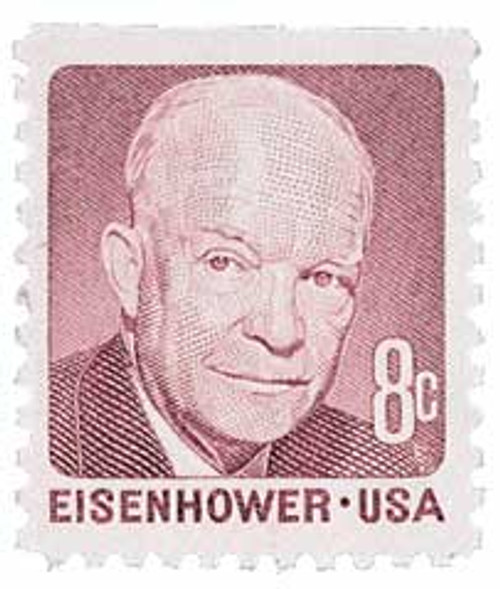
# 1397 - 1972 14c Fiorello H. LaGuardia
Birth Of Fiorello La Guardia
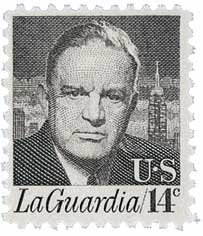
Fiorello (Italian for “little flower”) La Guardia, was born December 11, 1882, in Greenwich Village, New York.
La Guardia’s family moved to Arizona when his father got a job as a bandmaster at Fort Whipple in the US Army. When his father was discharged in 1898, the family moved to Trieste.
After graduating from a private school, La Guardia joined the State Department and served in the US consulates in Budapest, Trieste, and Fiume. La Guardia then chose to continue his education so he returned to America to study at New York University. At the same time, he worked for the US Bureau of Immigration at Ellis Island as a translator from 1907 to 1910. La Guardia translated Italian, German, Yiddish, and Croatian and was considered one of the agency’s top interpreters.
In 1910, La Guardia graduated from New York University Law School, was admitted to the bar, and began practicing law in New York City. In the following years, he was made Deputy Attorney General of New York and then elected to the US House of Representatives. In that role, La Guardia became known as a vocal supporter of progressive causes. However, his term was short, as he was commissioned into the US Army Air Service later that year. Serving in World War I, La Guardia rose to the rank of major and commanded a bomber unit on the Italian-Austrian front.
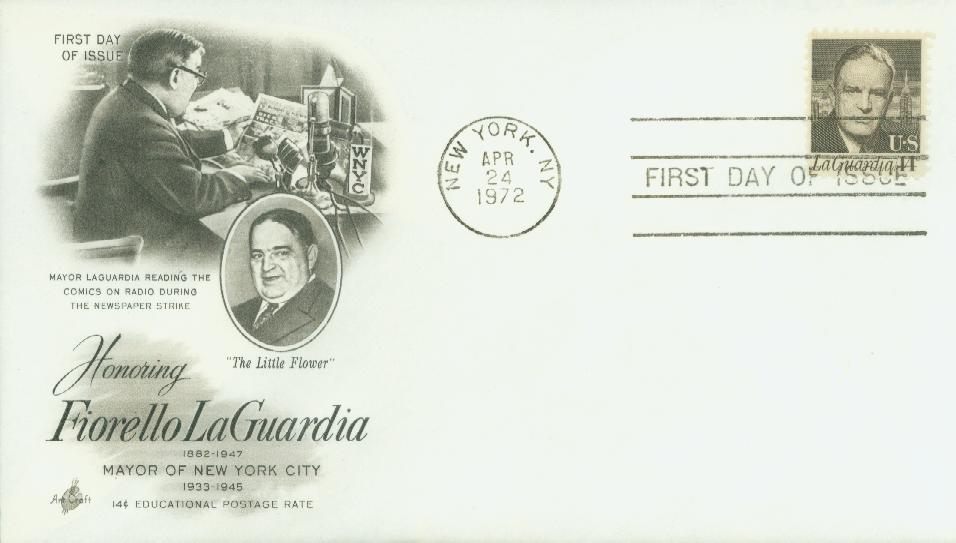
After the war, La Guardia resigned his seat and ran for president of the New York City Board of Aldermen. He easily won that election and spent much of his time fighting for the rights of immigrant factory workers. In 1922, La Guardia decided to return to Congress. He ran for and won a seat in the House, which he held until 1933. La Guardia pushed against immigration quotas and helped create the Norris-La Guardia Act, which evaded Supreme Court restraints on labor unions. He also pushed for progressive income taxes, increased government participation in Wall Street, and national employment insurance.
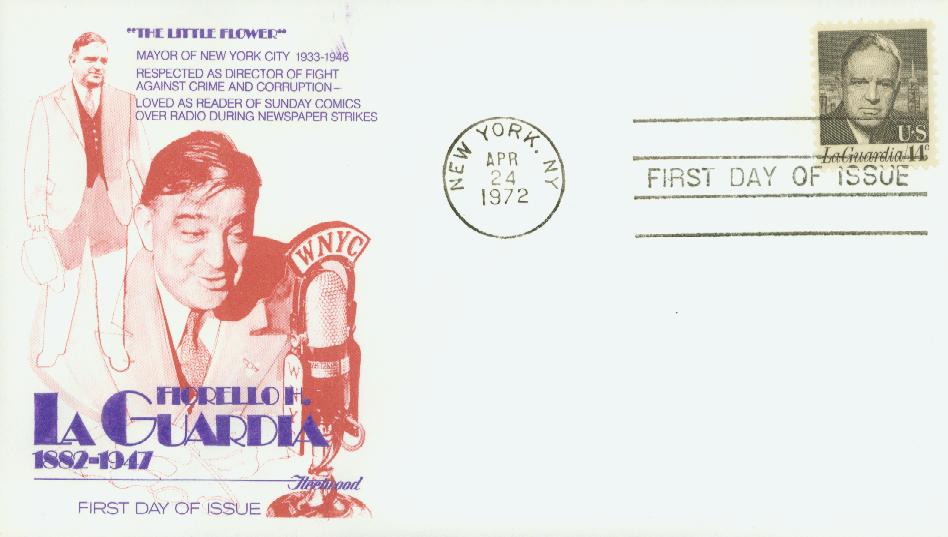
In 1933, La Guardia lost his seat in Congress but was elected mayor of New York City. Entering office, La Guardia had five main goals – to improve the city’s finances, increase work relief programs, stop government corruption, encourage appointments based on civil service rather than patronage, and update infrastructure – particularly transportation and parks.
La Guardia attained most of his goals within his first 100 days in office. President Franklin Roosevelt supported his causes and gave him 20% of the national Civil Works Administration budget to aid in work relief. Roosevelt and his New Deal supporters gave the city extensive funding for public works projects.
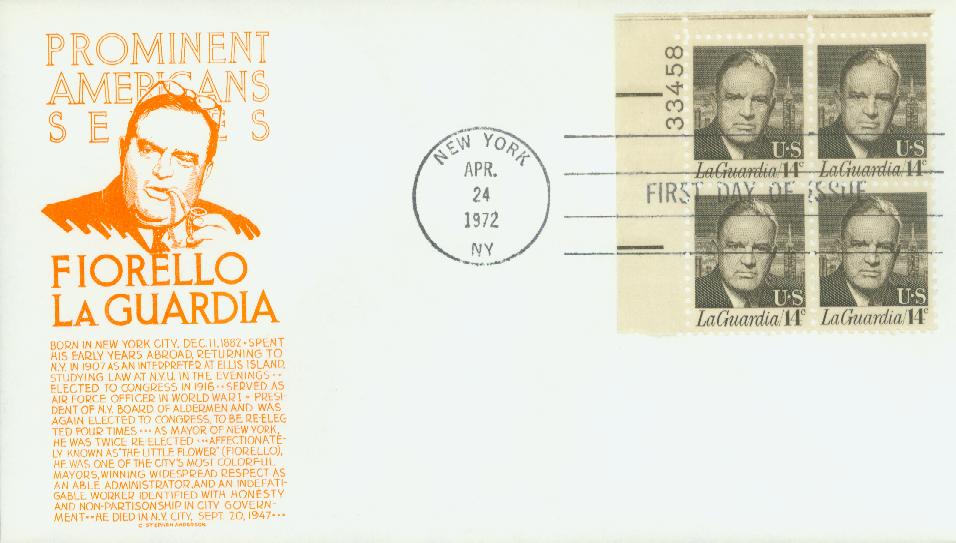
La Guardia also targeted gangsters, as he believed they created a negative stereotype of the Italian community. Upon taking office, he ordered the chief of police to arrest Lucky Luciano on any charges he could find. He targeted other mob bosses, ended mob-run inflation on artichokes, and shut down burlesque theaters.
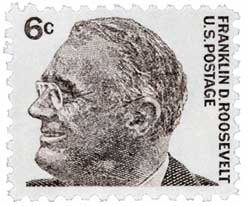
Mayor La Guardia was also celebrated for improving New York’s economy through his public works programs that employed thousands. Working closely with President Roosevelt, La Guardia transformed New York into a display of the success of his New Deal policies. This led to the building of highways, bridges, tunnels, and airports (one of which was later named in La Guardia’s honor).

In the months prior to America’s entrance into World War II, Roosevelt made La Guardia director of the Office of Civilian Defense, which prepared the public for blackouts, air raids, and sirens. After the attack on Pearl Harbor, La Guardia was replaced in that position. His popularity waned during the war years and he chose not to run again in 1945. La Guardia continued to work though, serving as director-general of the United Nations Relief and Rehabilitation Administration in 1946. However, he died the following year, on September 20, 1947. In a 1993 poll, La Guardia was voted the best former mayor in America.
Birth Of Fiorello La Guardia

Fiorello (Italian for “little flower”) La Guardia, was born December 11, 1882, in Greenwich Village, New York.
La Guardia’s family moved to Arizona when his father got a job as a bandmaster at Fort Whipple in the US Army. When his father was discharged in 1898, the family moved to Trieste.
After graduating from a private school, La Guardia joined the State Department and served in the US consulates in Budapest, Trieste, and Fiume. La Guardia then chose to continue his education so he returned to America to study at New York University. At the same time, he worked for the US Bureau of Immigration at Ellis Island as a translator from 1907 to 1910. La Guardia translated Italian, German, Yiddish, and Croatian and was considered one of the agency’s top interpreters.
In 1910, La Guardia graduated from New York University Law School, was admitted to the bar, and began practicing law in New York City. In the following years, he was made Deputy Attorney General of New York and then elected to the US House of Representatives. In that role, La Guardia became known as a vocal supporter of progressive causes. However, his term was short, as he was commissioned into the US Army Air Service later that year. Serving in World War I, La Guardia rose to the rank of major and commanded a bomber unit on the Italian-Austrian front.

After the war, La Guardia resigned his seat and ran for president of the New York City Board of Aldermen. He easily won that election and spent much of his time fighting for the rights of immigrant factory workers. In 1922, La Guardia decided to return to Congress. He ran for and won a seat in the House, which he held until 1933. La Guardia pushed against immigration quotas and helped create the Norris-La Guardia Act, which evaded Supreme Court restraints on labor unions. He also pushed for progressive income taxes, increased government participation in Wall Street, and national employment insurance.

In 1933, La Guardia lost his seat in Congress but was elected mayor of New York City. Entering office, La Guardia had five main goals – to improve the city’s finances, increase work relief programs, stop government corruption, encourage appointments based on civil service rather than patronage, and update infrastructure – particularly transportation and parks.
La Guardia attained most of his goals within his first 100 days in office. President Franklin Roosevelt supported his causes and gave him 20% of the national Civil Works Administration budget to aid in work relief. Roosevelt and his New Deal supporters gave the city extensive funding for public works projects.

La Guardia also targeted gangsters, as he believed they created a negative stereotype of the Italian community. Upon taking office, he ordered the chief of police to arrest Lucky Luciano on any charges he could find. He targeted other mob bosses, ended mob-run inflation on artichokes, and shut down burlesque theaters.

Mayor La Guardia was also celebrated for improving New York’s economy through his public works programs that employed thousands. Working closely with President Roosevelt, La Guardia transformed New York into a display of the success of his New Deal policies. This led to the building of highways, bridges, tunnels, and airports (one of which was later named in La Guardia’s honor).

In the months prior to America’s entrance into World War II, Roosevelt made La Guardia director of the Office of Civilian Defense, which prepared the public for blackouts, air raids, and sirens. After the attack on Pearl Harbor, La Guardia was replaced in that position. His popularity waned during the war years and he chose not to run again in 1945. La Guardia continued to work though, serving as director-general of the United Nations Relief and Rehabilitation Administration in 1946. However, he died the following year, on September 20, 1947. In a 1993 poll, La Guardia was voted the best former mayor in America.













